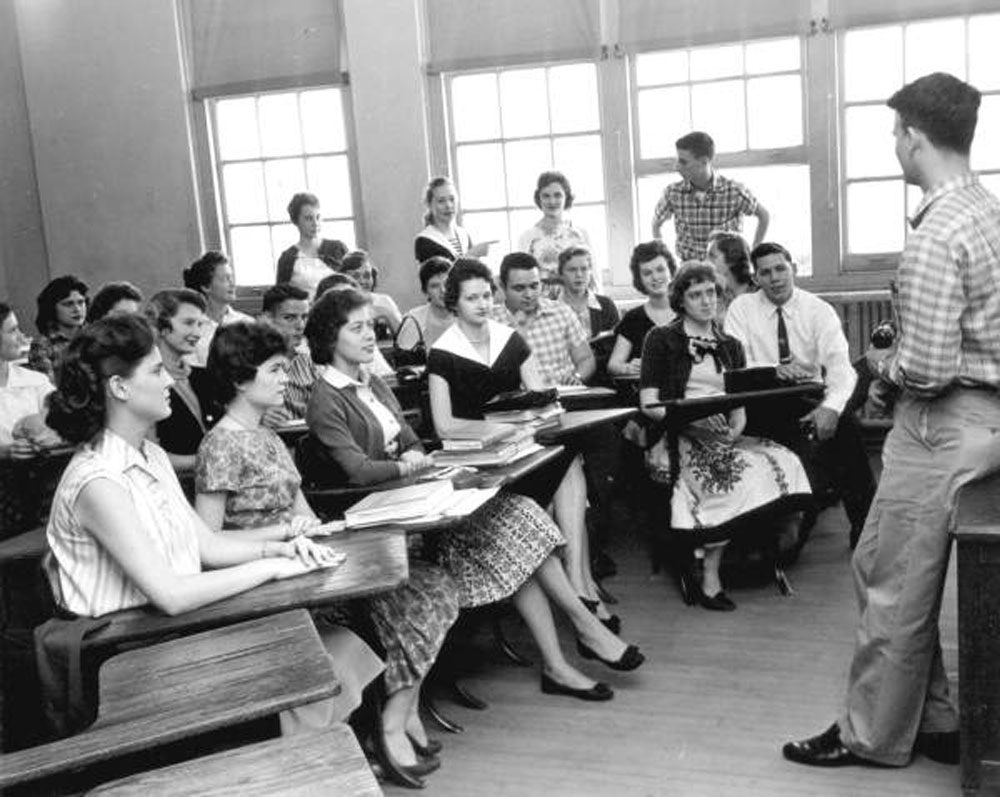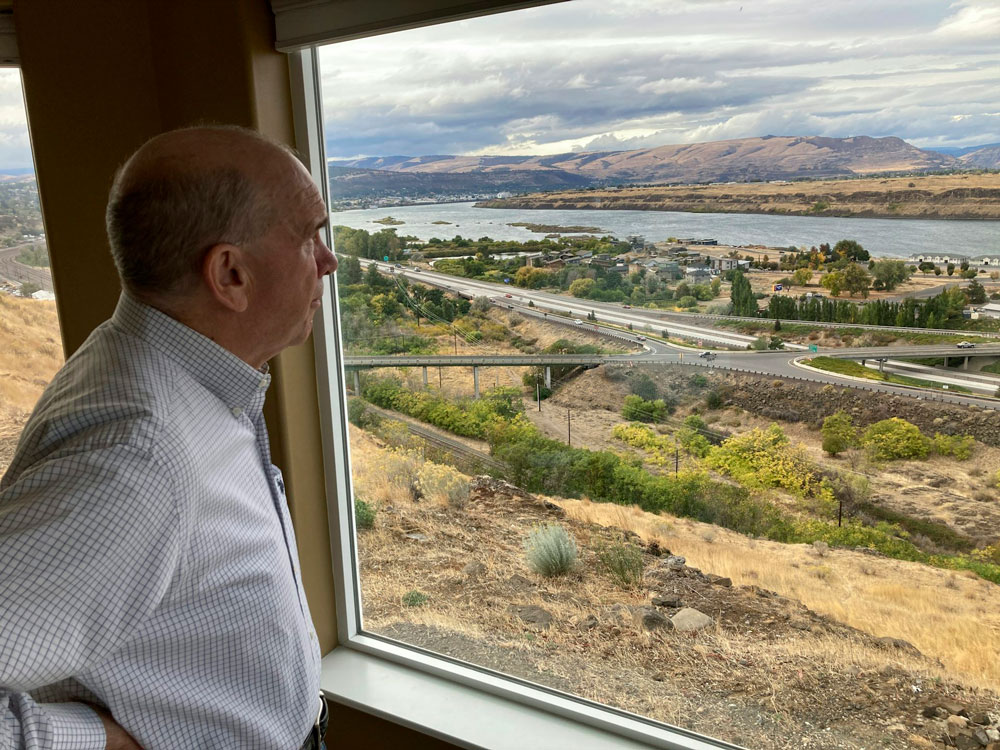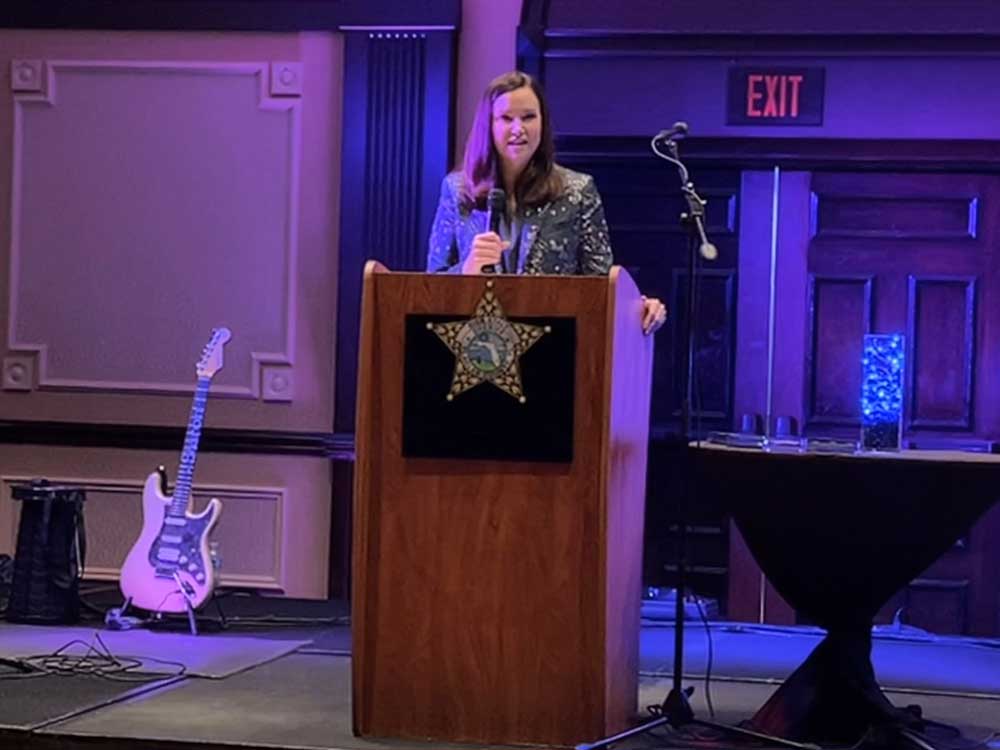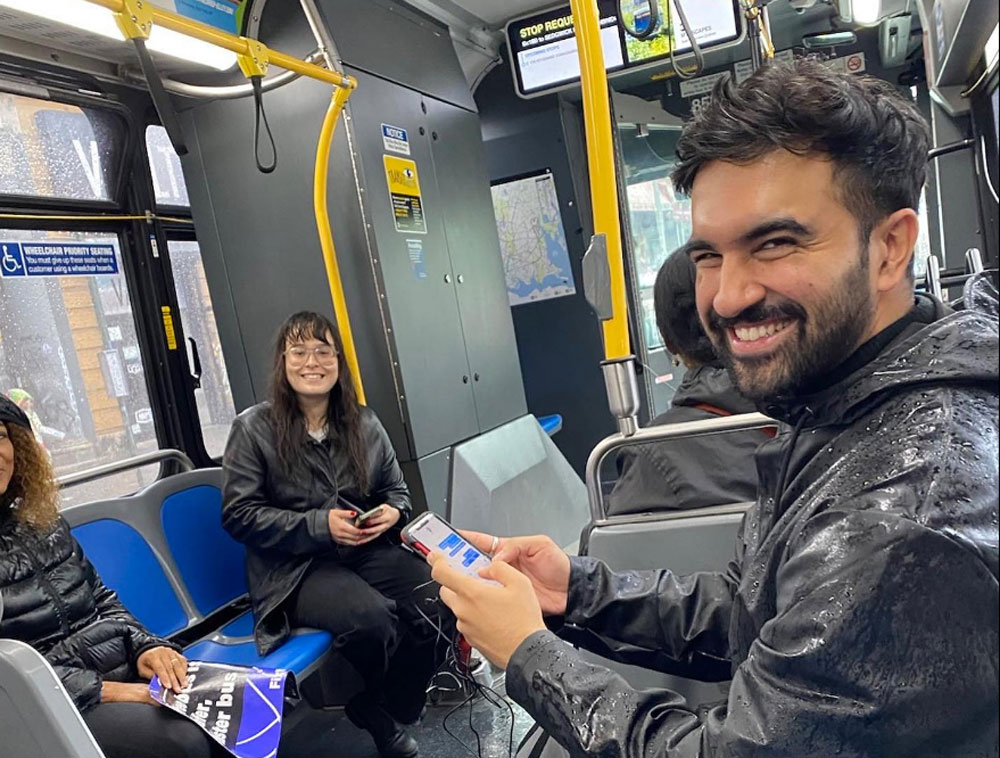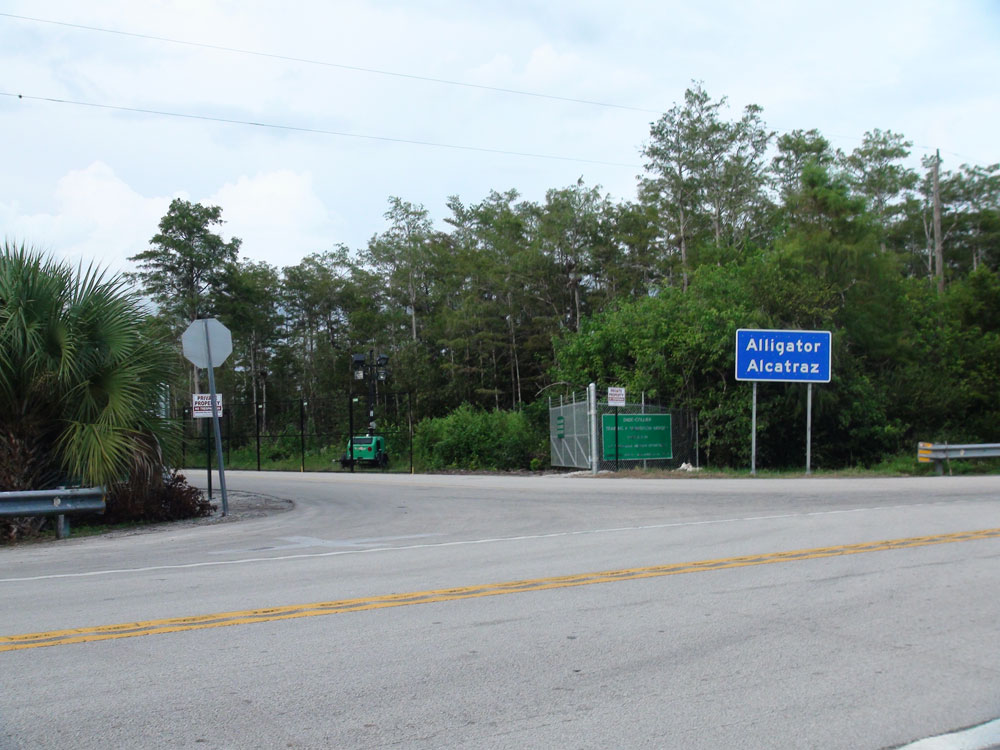By Darlene Xiomara Rodriguez and Paul N. McDaniel
For the second consecutive year, Detroit’s population increased in 2024. After decades of population decline, the Motor City has made a stunning recovery.
Why the turnaround? Detroit’s attempts to draw and settle immigrants could be one of the contributing factors.
Despite a significant national shift in sentiment toward new arrivals, these initiatives are still ongoing. The second Trump administration’s executive orders specifically target immigrant communities, international students and their colleges, and immigrant-populated towns.
We research immigrant integration and urban geography. Local leaders in cities across the United States are actively seeking to bring immigrants in and assist them integrate into their communities, usually for economic reasons, despite these changes in federal policy, according to our research and that of others.
Our most recent works on community involvement and immigrant integration demonstrate how and why cities adjust to demographic and economic shifts.
Significant immigration occurred in Detroit and other historic immigrant gateway metro regions in the early 20th century, including Buffalo, New York; Cleveland, Ohio; Milwaukee, Wisconsin; Pittsburgh, Pennsylvania; and St. Louis, Missouri. Following these population surges, there was a period of decreased immigration.
In order to create inclusive identities that will draw and keep immigrants, some cities are now employing branding techniques. Although the idea of a city branding itself may seem odd, local governments frequently collaborate with private groups to manage and mold the perception of their community. By doing this, they hope to establish a distinctive and appealing character for the city, set it apart from rivals, and draw in new inhabitants, businesses, and tourists.
Detroit and other cities wish to welcome immigrants for the following three reasons:
1. Encouraging economic growth and attracting talent
Research indicates that immigration boosts the economy.
Local leaders in Detroit understand that the contributions of immigrant populations are tied to a strong labor market and a vibrant industrial sector in a global economy. They are also aware that the expansion of these communities has a good knock-on effect on the economy.
Compared to the overall population, immigrants are more likely to be business owners. Through initiatives like the Global Talent Retention Initiative, Global Talent Accelerator, and Global Entrepreneur in Residence, organizations like Global Detroit promote entrepreneurship and offer small company services.
Additionally, immigrants fill labor shortages in physical labor-intensive industries like construction and food service as well as high-tech industries like engineering and research.
Through education, English as a second language initiatives, economic empowerment, and community resources, the City of Detroit Office of Immigrant Affairs fosters economic growth and immigrant assimilation.
Immigrants are coming to the city as a result of these efforts.
The tourism industry is also affected economically. Visitors’ perceptions of the region are shaped by its marketing strategies that embrace diversity. The distinctive experiences that the city’s several neighborhoods provide to visitors are highlighted by the Detroit Metro Convention & Visitors Bureau.
2. Enhancing community and regional resilience
The ability of a region to endure and adjust to adversities like natural catastrophes and economic shocks is referred to as regional resilience. This is crucial, as cities like Detroit, which are still attempting to recover from deindustrialization, can attest to.
Research indicates that immigration enhances regional resilience. Along with boosting local economies and the work force, immigration has stabilized Detroit’s population generally and strengthened local tax bases by counteracting the drop in the native-born population.
From a total population of 4,291,843 in 2010 to 4,342,304 in 2023, the Detroit-Warren-Dearborn metro region grew by 1.2%, according to our study of U.S. Census Bureau statistics.
The U.S. Census Bureau estimates that during that 13-year period, the number of foreign-born people in the Detroit metro area climbed by 109,154, while the number of native-born people fell by 58,693. India, Iraq, Mexico, Yemen, and Lebanon are the top five countries of origin for immigrants in the metropolitan area.
The metro area’s population increased by 28,721 between 2023 and 2024 as a consequence of the loss of 11,626 native-born citizens and the arrival of 40,347 immigrants.
This tendency of immigrant population expansion offsetting general population reduction was facilitated by the efforts of new immigrants in Detroit and the neighboring regions.
3. Promoting social cohesion and enhanced civic engagement
Strong civil society and inclusivity are the foundations of successful place branding. A thriving regional identity is produced by Detroit’s diverse cultural fabric in neighborhoods like Dearborn and Hamtramck.
Local grassroots initiatives to foster tolerance for one another and guarantee that immigrants may fully engage in the social, civic, and economic life of their hometowns are actively supported by organizations like Global Detroit’s Welcoming Michigan.
Common Bond, Opportunity Neighborhoods, and the Global Detroit Social Cohesion Initiative are a few examples. Through these programs, locals from different backgrounds can connect, support one another’s small businesses, and share their cultures. These initiatives bolster the democratic underpinnings of the area and increase its allure as a friendly and inclusive place to call home.
Forging a way forward
In order to overcome its economic, political, and cultural obstacles, Detroit has discovered that embracing and assimilating immigrants is one strategy.
Additionally, it is not the only one using this tactic. Baltimore, Boise, Idaho; Charlotte, North Carolina; Dallas; Dayton, Ohio; Louisville, Kentucky; New Orleans; Pittsburgh; Roanoke, Virginia; and Salt Lake City are among the other cities implementing such tactics.
While not every city decides to adopt such tactics, those that do send a message that the area is prepared for a globalized future.
![]()
Paul N. McDaniel teaches geography at Kennesaw State University as an associate professor. Darlene Xiomara Rodriguez teaches social work and human services at Kennesaw State University as an associate professor.


